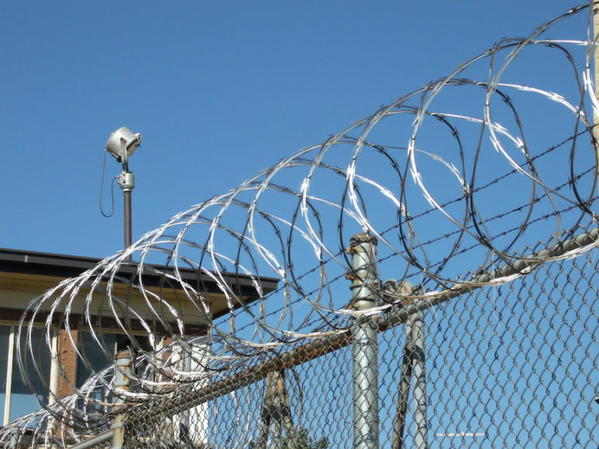Even when adult or juvenile inmates are freed, many remain shackled by laws that make it difficult for them to get welfare, vote, obtain a drivers license and find stable housing and employment. These laws are called collateral consequence laws — formal restrictions on a person following their conviction.
A recent report by William & Mary Assistant Professor Tracy Sohoni called “The Effect of Collateral Consequence Laws on State Rates of Returns to Prisons” explored whether these laws are effective deterrents to crime or simply add-on punishment. Sohoni hypothesizes that collateral consequence laws do more harm than good.
But at first, she was surprised by the data, which in most cases was lacking as she tried her theory on various laws.
Sohoni’s research failed to find statically significant relationships between collateral consequence laws and state returns to prison, and if anything it suggested harsher laws decreased the rate of returns to prison.
But in specific instances where robust data was available — such as her evaluation of restricted access to Temporary Assistance for Needy Families (TANF) — she found subsequent increases in rates of returns to prison — precisely what she expected.
[For more of this story, written by Sanya Mansoor, go to http://jjie.org/collateral-con...e-deterrents/107801/]





Comments (0)